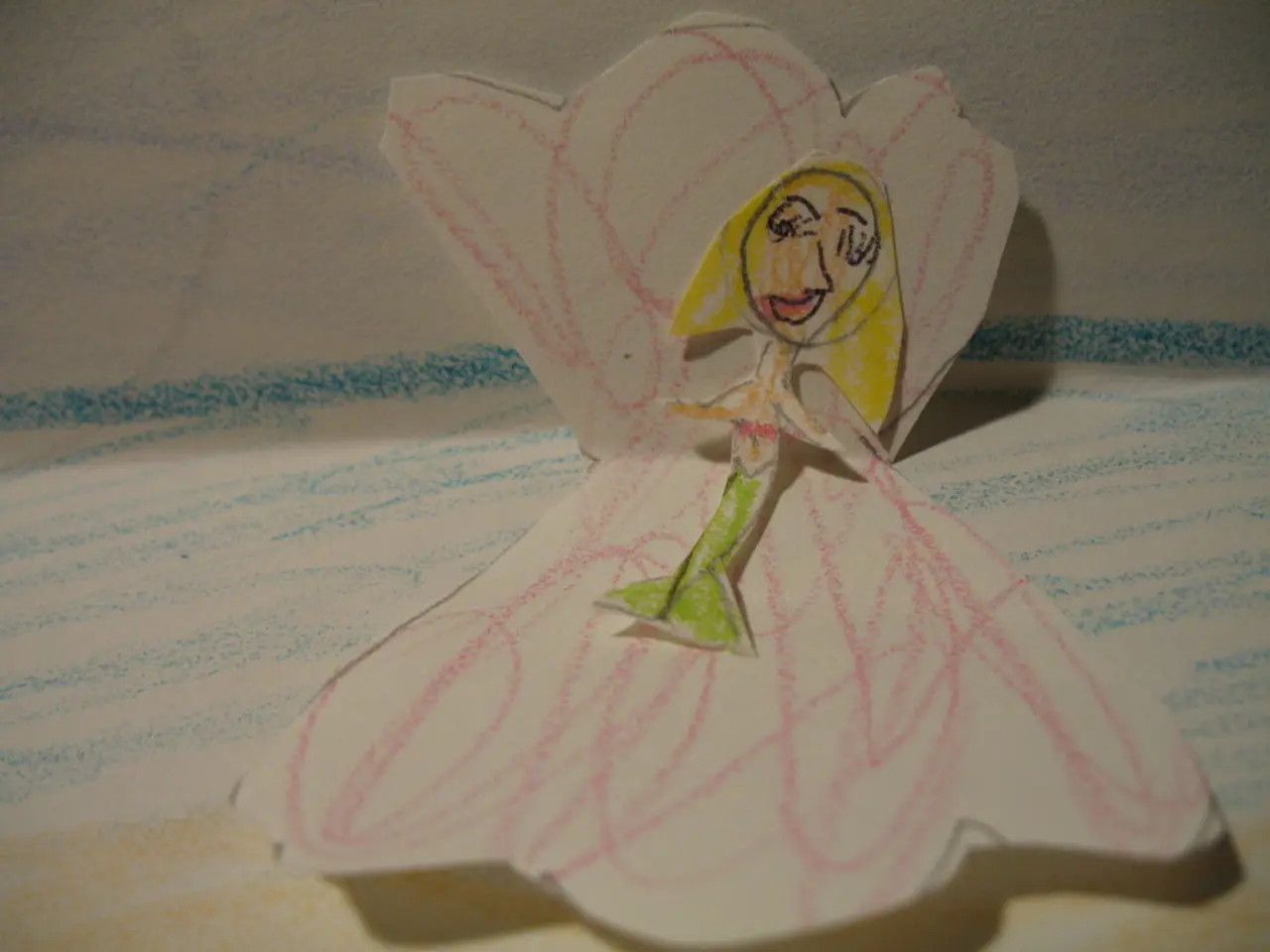Is digital art a suitable medium for you? Here's a comprehensive overview of this innovative creative style.
In the realm of art, the digital revolution has brought about a significant transformation, merging traditional techniques with modern technology. This article explores the journey of digital art, its various forms, and the artists who have left an indelible mark on this evolving landscape.
Concept art, a visual means of bringing stories to life, has become an integral part of the film and gaming industries. Meanwhile, 3D art finds its application in visual effects, video games, animation, product design, and immersive VR and AR experiences. The roots of this digital art can be traced back to the 1960s with Ivan Sutherland's Sketchpad, a precursor to today's CAD software.
The advent of digital art has not only transformed the way art is created but also how it is verified and traded. Non-fungible tokens (NFTs) have emerged as a means to establish ownership and authenticity of a digital artwork, revolutionising the art market.
Artists like Simone Grünewald, Olaf Hajek, Julia Christians, and Roy Efrat exemplify this fusion of traditional and digital art. Grünewald, with her extensive experience in traditional art, blends personal life inspiration with digital techniques to create expressive characters. Hajek, originally a painter and illustrator, merges traditional painting skills with graphic design and digital art sensibilities. Christians combines traditional drawing and typography with digital approaches in children’s illustration. Efrat, coming from dance and traditional video art, integrates digital media and technology with personal and theoretical themes like queer identity, using video installations and digital visual languages influenced by his early analog and digital experiences.
These artists illustrate a trend where classical training or practice in traditional media serves as a foundation for evolving into digital art forms, often merging analog skills with digital tools to create hybrid artworks.
Digital photography, animation, and video have also evolved in parallel, with animation being widely used in digital art since the 1970s. Pixel art, reminiscent of retro games consoles and teletext art, is still used by some artists today. Ed Atkins, for instance, creates video installations using highly realistic CGI avatars.
Artists are also exploring the realm of AI in art. AI models trained on an artist's work generate new compositions based on their style, offering a fascinating blend of human creativity and artificial intelligence. Software like Blender makes it easier to get into 3D modelling, while algorithmic art is created by computers following rules programmed by artists.
From the mid-1960s, 'computer art' became a common term as artists with a knowledge of computer science began to use algorithms to generate images. Today, digital art can be printed to be displayed like traditional work or exhibited digitally on websites, social media, or in virtual exhibits in the metaverse.
The boom in NFT art saw a lot of speculation, but it still allows more artists to find a market for their work. Despite the digital shift, the importance of human creativity, originality, context, emotional depth, lived experience, expert curation, and personal storytelling remains undiminished.
In summary, the digital art landscape is a vibrant blend of tradition and technology, where pioneering artists like the ones mentioned above are pushing the boundaries of creativity and redefining the face of contemporary art.
References:
[1] Digital Art History
[2] Roy Efrat's website
- In the digital art realm, concept art plays a pivotal role in storytelling for films and games.
- 3D art finds vast applications in visual effects, video games, animation, and VR/AR experiences.
- The origins of digital art can be traced to Ivan Sutherland's Sketchpad, which laid the foundation for CAD software.
- Non-fungible tokens (NFTs) are revolutionizing the art market by establishing ownership and authenticity of digital artwork.
- Simone Grünewald combines personal life inspiration with digital techniques to create expressive characters.
- Olaf Hajek merges traditional painting skills with graphic design and digital art sensibilities.
- Julia Christians integrates traditional drawing, typography, and digital approaches in children’s illustration.
- Roy Efrat uses video installations, digital visual languages, and personal themes like queer identity.
- Classical training in traditional media serves as a foundation for evolving into digital art forms, creating hybrid artworks.
- Digital photography, animation, and video have evolved alongside digital art, with animation being widely used since the 1970s.
- Pixel art, reminiscent of retro games consoles, is still used by some artists today.
- Artists like Ed Atkins use synthetic CGI avatars for video installations.
- Artists are exploring AI in art, creating a blend of human creativity and artificial intelligence through algorithms and machine learning.




